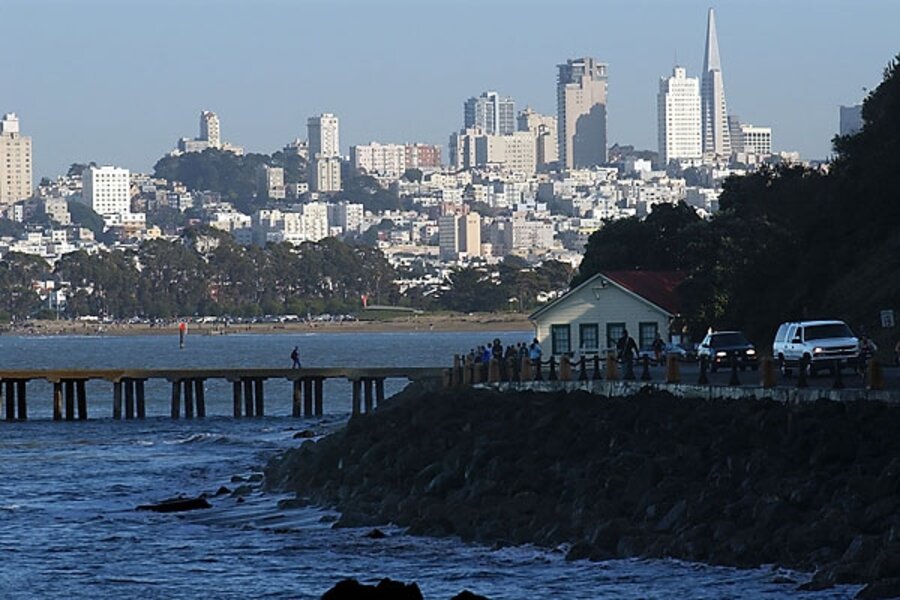Scientists: Sea-level rise worse than thought
Loading...
Climate scientists meeting in Copenhagen Tuesday warned that sea levels could rise to almost three times that of the official worst-case estimates, threatening hundreds of millions of people.
The landmark 2007 report by the United Nations Intergovernmental Panel on Climate Change predicted that sea levels would rise 18 to 59 centimeters – about 7 to 23 inches – by the end of the century. That would be enough to submerge several small island nations, and would inundate low-lying and densely populated deltas in Africa, East Asia, and on the Indian subcontinent.
But researchers gathered at the International Scientific Congress on Climate Change now say that those estimates are too conservative, that a rise of less than 50 centimeters is unlikely, and that sea levels are likely to rise about one meter.
The UN panel deliberately excluded from its calculations the loss of ice from the Antarctic and Greenland Ice Sheets. More recent climate models are better able to predict how ice sheets react to warming and how they interact with oceans.
Agence France-Press quotes German climate scientist Stefan Rahmstorf, who says that the new model predicts "a range of sea level rise by 2100 between 75 and 190 centimetres when we apply the IPCC's temperature scenarios for the future."
A press release from the climate congress quotes Konrad Steffen, an Arctic climatologist at the University of Colorado, Boulder: "The ice loss in Greenland has accelerated over the last decade. The upper range of sea level rise by 2100 might be above 1m or more on a global average, with large regional differences depending where the source of ice loss occurs," he said.
In addition to melting polar regions, sea-level rise is also caused by thermal expansion – the tendency of water to increase in volume when it is heated. Australian climate scientist John Church, the lead speaker at the meeting's sea-level conference, observed that sea levels have risen at about three millimeters a year since 1993, a rate that he called "well above the 20th century average."
Some 600 million people – about one in 10 humans – live in low-lying areas in danger of being flooded under this scenario.





